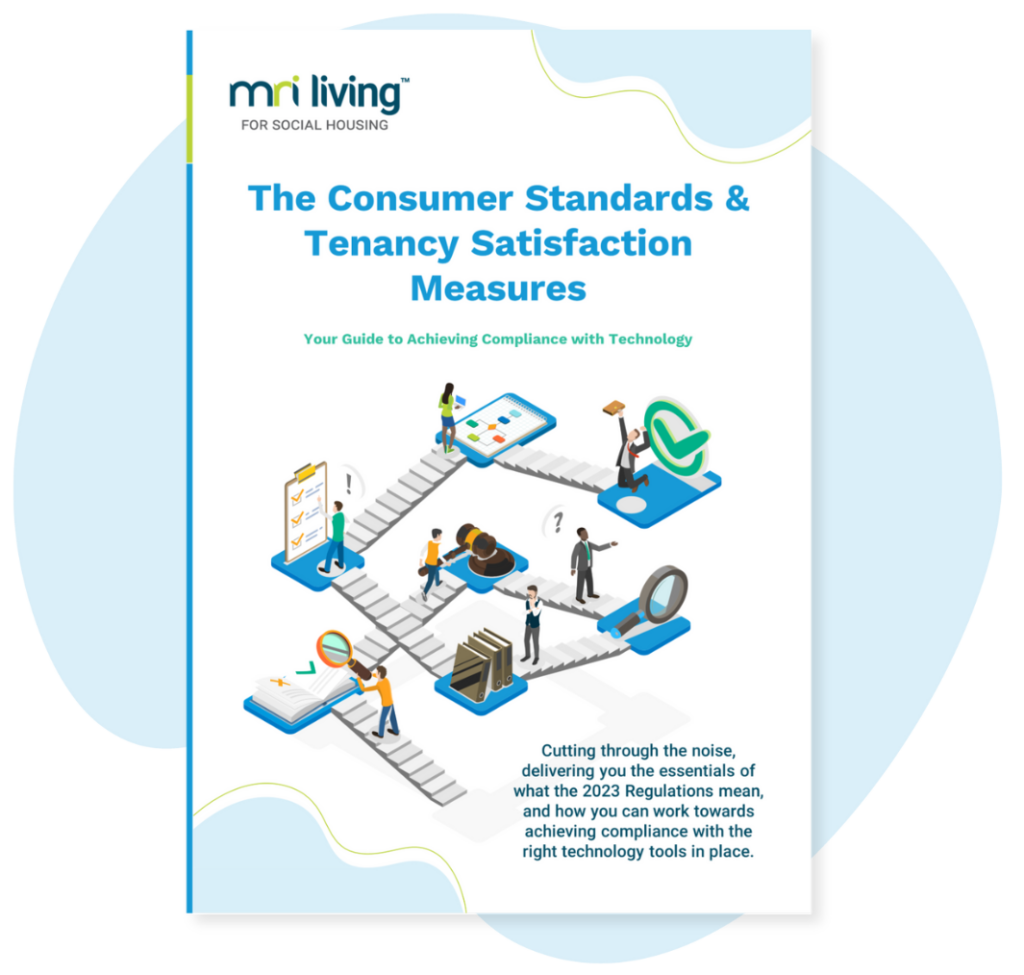How can an organisation measure social impact?
Social housing providers are by default, social actors. The services they provide impact individuals and communities, create jobs and generate savings across public services. Increasingly, businesses are assessing their strategic value beyond the bottom line and housing providers are no different, needing to evidence this work to secure funding, be compliant to the regulator and build sustainable tenancies.
According to Deloitte, companies that integrate a ‘social impact’ mindset into their organisation use it as a driver to explore new markets, build differentiated products, grow strong regulatory relationships based on trust and attract and retain young talent. In the world of finance there is a growing number (an estimated 17% per annum) of impact investors that understand that the world’s largest problems cannot be improved unless capital is purposefully targeted at the companies seeking to solve them.
What is social Impact?
Social impact (sometimes used interchangeably with social value) for a social housing provider has its firm foundations in providing and increasing the supply of affordable housing in the country. That impact can also be quantified by the difference an intervention or service has from an individual level, such as helping a resident secure employment or at community level, such as the number of antisocial behaviour cases in a neighbourhood. This also of course, stretches up to a societal level, with activities such as making targeted adaptations in homes to prevent falls, which has a net value saving for the NHS or becoming a driver of economic growth through construction.
Measuring these factors can inform decision makers where best to allocate funding, set strategic targets, show staff the evidence that their work is driving change, communicate the use of taxpayer’s money to the public and prove compliance to the Social Value Act 2012. There isn’t yet a standardised approach to measuring social impact in the sector, but there is a mounting evidence base of work identifying what social impact means for the social housing sector. Hyde Housing for example, have built a methodology to estimate that the direct social value for each of their tenancies is £11,175 per annum and has created a staggering £401 million per annum in total social value by measuring the impact social housing has on people’s lives. That number rocketed to £607 million per annum when the economic impacts of repairs and construction were considered as well. Other contributors to this base of evidence include the UK Collaborative Centre of Housing Evidence (CaCHE) and HACT.
Housing studies and research projects like these are proving that interventions by social landlords can improve social health and wellbeing, assist independent living, provide a safety net and make pathways in reducing poverty and homelessness in the UK, whilst making savings to public finance.
Why Measure Social Impact?
John Buckland, Solutions Principal with MRI Software has recognised a recent shift in demand amongst MRI’s customers. “The interest in tools like the MRI Housing Asset Management module, Options Appraisal to inform social impact scores is growing. There are standalone services that can achieve this score however, MRI can pull together the data that exists already within an organisation to include dynamic, real-time data sets. As opposed to a once a year or six-monthly audit, our tools allow organisations to access the information as and when they need it.”
At MRI we assist our customers to build their own scores according to their unique criteria, be it regulatory or commercial. “Part of the Options Appraisal module of MRI Housing Asset Management allows properties to be scored using criteria linked to any data in the system. Typically, this will include factors relating to demand, local amenities, energy performance, etc. The purpose of it is to measure relative performance.
“There are two ways that it does that; the first is financial performance, looking at income and expenditure flows into the future. These are not necessarily social impact or sustainability measures, but that depends to some extent how you measure sustainability. Are these homes sustainable if they are not performing in a financially stable way?”
The second way the Options Appraisal module works, “is for an organisation to define their own characteristics that measure social impact and to allocate scores based on how those properties are doing in those characteristics. Our calculator is user defined; our customers can create their own factors in order to measure social impact within their organisation.”
One reason why this tool is so unique and beneficial is that it allows housing providers to test the impact that proposed strategies may have. “The calculator allows our customers to develop scenarios for alternatives, asking ‘What if we switched to a different form of tenancy and did some work for improving the environment? Would that make an adjustment?’” This allows organisations to plan for the future with a level of confidence in a campaign’s success.
Regulation
John identifies that “the need for more comprehensive social impact scoring has to a certain extent, been driven by the regulator.” The Public Services (Social Value) Act 2012 in particular, saw some housing providers as both bidders for contracts and procurement authorities, having to prove “Value for Money (VFM) criteria. As such, it required housing providers to have business plans that are stress tested.”
The user defined service that MRI provides means that customers can use our data expertise to draw out the values and track the progress of chosen data points that could be asked of them by established social value criteria made within the sector and required by the regulator.
Investment
In a previous article we spoke about the ESG Social Housing Working Group’s release of a 48 point criteria to establish a common reporting standard tailored to the sector, for social housing providers to use in order to access the £2 trillion impact investment market. The themes they have identified as metrics of social value include resource management, the resident voice, and affordability.
Research by bank, BNP Paribas found that 90% of global investors predict that more than 25% of their funds will support ESG projects by 2021.
Social housing has always been seen as an ethical investment, because it’s housing. But that’s no longer good enough for ESG investors. Increasingly they’re answering more searching questions about what exactly your business does.
Mark Davie, Head of Social Housing, M&G
Investment in social housing by capital funds has great potential to support housing associations to tackle the housing crisis by increasing housing options beyond the private rented sector through maximising the affordable housing supply, social housing and routes into shared ownership.
For providers of housing at social and affordable rents, the considerations of social impact are central to each organisation’s values and operations. Movements in the sector like the ESG Social Housing Working Group, HACT’s Social Value Roadmap and the Charter for Social Housing Residents are driving a need for housing providers to harness their data; to identify what works, to track which activities are driving change over time and to build scenarios for future strategies that balance the costs and predicts their social impacts.
If you would like to read more from John Buckland about how MRI Housing Asset Management can assist organisations in measuring impact and stress testing strategies, such as net zero carbon, click here.

The Consumer Standards and Tenancy Satisfaction Measures: Your Guide to Achieving Compliance with Technology
Cutting through the noise, delivering you the essentials of what the Consumer Standards and Tenancy Satisfaction Measures 2023 Regulations mean, and how you can work towards achieving compliance with the right technology tools in place. New regulatio…

